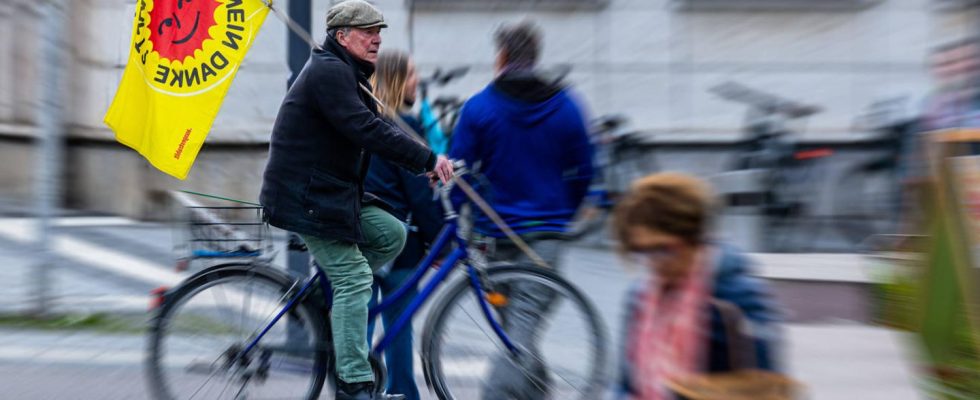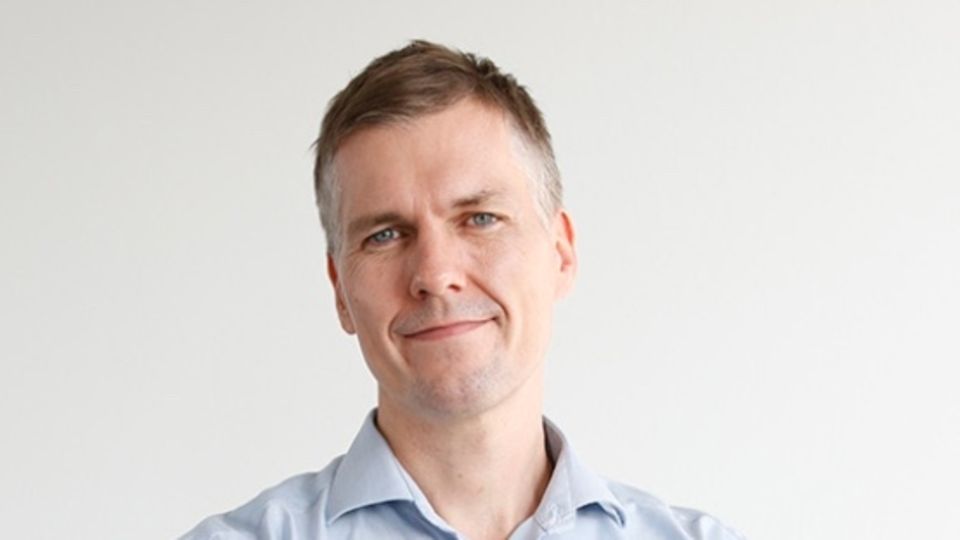Politicians are calling for the renaissance of nuclear energy – because only it can save the climate. What nonsense.
It’s strange: the Christ child comes every year. And every year politicians or other supposed experts call for a return to nuclear power because supposedly only it can solve our climate problems. Markus Söder, the CSU boss, argues in this direction. The CDU under Friedrich Merz has just included the call for nuclear power in the draft of its basic program.
Michael Bröning, political scientist and member of the SPD Basic Values Commission, also wants a renaissance of the kilns. He finds the German insistence on phasing out nuclear power “reactionary,” as he said in one star-Essay wrote. You have blinders on and argue far too morally – that’s how he sees it.
What’s true: At the ongoing climate summit in Dubai, 22 countries from four continents have launched an alliance for nuclear energy. They want to triple power plant output worldwide. As proof that they are on the right path, political scientist Bröning cites the fact that even climate activist (and supreme moralist) Greta Thunberg supported nuclear energy because it was the lesser evil.
This is supposed to be consistent climate policy?
The argument has huge gaps. The classifications from Union politicians to scientists like Bröning range from daring to incorrect, especially when one analyzes the situation economically. Nuclear power makes global power, according to the International Energy Agency (IEA). about five percent of total energy production; 80 percent still comes from fossil sources. A tripling of nuclear energy by 2050 would only reduce this excessively high value by ten percentage points to 70 percent. Should this be a consistent climate policy that is celebrated by many?
It is also striking that only states with a lot of tax money invest in new nuclear power plants – and not private companies. In Germany, too, the energy bosses show no interest. Because it has long been clear to them: nuclear power plants are far too expensive. No kilowatt hour from a newly built nuclear power plant can compete with one from a wind turbine or a solar panel. The IPCC made it clear in a statement: “Newly built nuclear power plants have never been competitive and will not be in the foreseeable future.”
The construction time is far too long. The global average is between six and eight years. But that’s only because things happen quite quickly in Asian countries, as resistance rarely occurs. Experience has shown that completion in Europe – there are currently eight reactors under construction – is delayed by many years and costs explode. The best example is the Olkiluoto 3 nuclear power plant in Finland: construction took 18 years. And a pressurized water tank in Flamanville, France, is still not completed after 16 years.
Conservative German politicians see small, modular nuclear power plants (SMR) as the new hope. Some countries are actually planning to use them or are even starting to build them, including the USA, South Korea and China, including Russia. However, the power plants are nothing more than a bet on the future. The manufacturers promise a lot, but the technology is far from proven, let alone fully developed.
And their safety is questionable, the Öko-Institut Freiburg has carried out an investigation into this proven for the Federal Office for the Safety of Nuclear Waste Management (BASE). A study by Stanford University also shows that SMR does not produce less nuclear waste, as the manufacturers claim, but – in relation to the energy produced – much more.
The green wave in China
It is also not true that China, the world’s largest CO2 emitter, does not care at all about renewable energy, relying only on coal and nuclear power plants. On the contrary, no country in the world invests more money in green energy. This year, almost half of all new green power plants coming online worldwide will be in China, according to an IEA forecast. The state is facing a record year in converting to green energy supply and wants to significantly expand its efforts.
Of course, the federal government under Angela Merkel could have considered letting the nuclear power plants run longer instead of polluting the air with coal-fired power plants. But what happened, happened. Now the Germans should not allow themselves to be impressed by cheap nuclear power propaganda again. Because it will take at least until 2046 before there is a German final storage facility for nuclear waste.
Nuclear power plants are mainly built by those countries that cannot do anything else technically. Those who advocate for new nuclear power plants in this country have the biggest blinders on – not those who advocate renewable energy. Physically, politically and economically it makes much more sense to use the sources for which no one sends a bill: wind, sun and water. These can easily meet the entire global energy demand at any time, and no villain in the world can turn off their supply.
After the nuclear disaster
Chernobyl – The animals take over as soon as humans disappear
Our focus must therefore be on bringing storage methods to market maturity in order to make this energy available at all times. With batteries for cars, but especially with the construction of electrolyzers to produce green hydrogen, which are used to operate gas power plants, we are on the right track. No serious research institute doubts that cheap energy can ultimately only come from renewable sources.
And we all want that.


